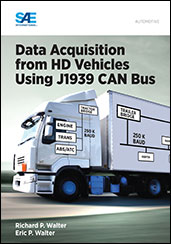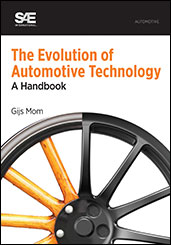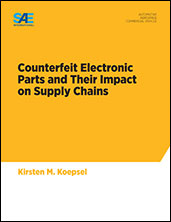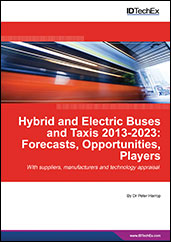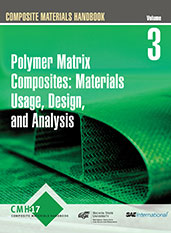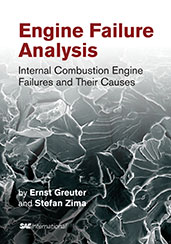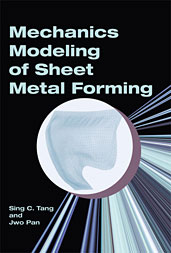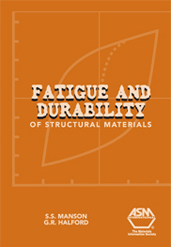Book

Fundamentals of Engineering High-Performance Actuator Systems
2016-12-01
Actuators are the key to allowing machines to become more sophisticated and perform complex tasks that were previously done by humans, providing motion in a safe, controlled manner. As defined in this book, actuator design is a subset of mechanical design. It involves engineering the mechanical components necessary to make a product move as desired. Fundamentals of Engineering High-Performance Actuator Systems, by Ken Hummel, was written as a text to supplement actuator design courses, and a reference to engineers involved in the design of high-performance actuator systems. It highlights the design approach and features what should be considered when moving a payload at precision levels and/or speeds that are not as important in low-performance applications.

